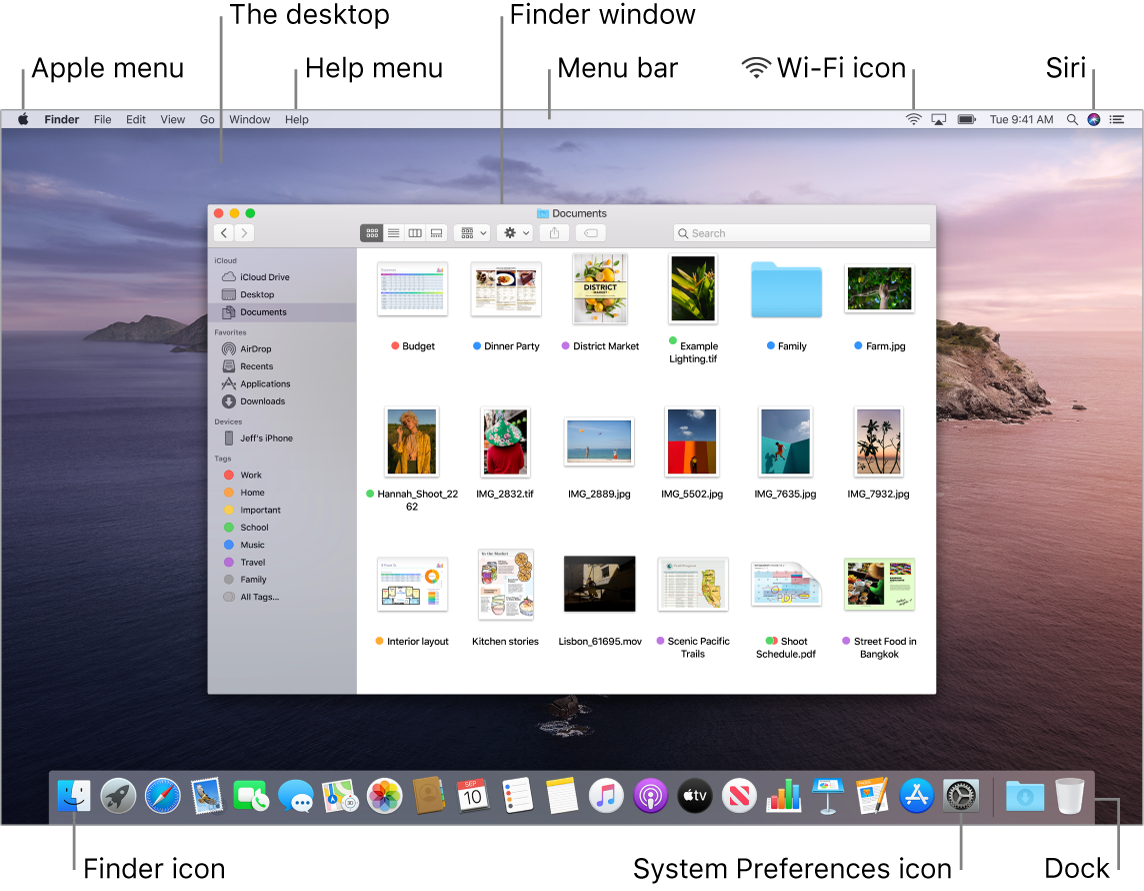


Set a Default Folder for a New Finder Window This adjusts all of the columns in the same window at the same time, and also sets the chosen size as the default column width for all Finder windows going forward.Ģ. If you open a new Finder window and the column width is too small to view the names of your files, double-click the bottom of the column divider and the width will automatically expand to fit the longest filename.Īnother useful trick is to hold down the Option (⌥) key when adjusting the column width manually (by click-dragging the divider). The Column view is one of our favorite ways of working with files, and we've got two quick column adjustment tips to make it work better for you. In this article, we've highlighted some of our favorite Finder tips and tricks to help you work more efficiently with files and folders on your Mac. Therefore, if you use a Mac, it may be a good idea to browse through the Finder's menu options and familiarize yourself with all the features the Finder has to offer.Subscribe to the MacRumors YouTube channel for more videos.Ī lot of hidden power resides in every Finder window. The Finder is a fundamental part of the Macintosh operating system and serves as the primary interface between the user and the Mac. The Finder windows now include a sidebar, with shortcuts to disks and folders, and support several viewing options, including Cover Flow, which allows users to flip through previews of documents. For example, the current Finder in Mac OS X includes the Dock for easy access to applications and files, an advanced search feature, and Quick Look technology, which allows many types of documents to be viewed directly in the Finder. It has always included a menu bar, desktop, icons, and windows, but now has several additional features as well. The Finder has been part of the Mac OS GUI since its inception and has gradually evolved throughout the years. Instead, the Finder can only be relaunched, which simply restarts the application. Since the Finder is always running in the background, it cannot be quit like other applications. Once the user finds the file, he can open it by double-clicking the icon. For example, a user may switch to the Finder so he can open a window and browse to a specific file he wants to open. This means users can select the Finder from a list of active applications, either using the Dock or the Command-Tab shortcut. While the Finder is a core component of the Mac OS, it is technically an application. The Finder loads automatically when the computer starts up and is always running in the background. It allows users to move, copy, delete, and open files, navigate through folders, and move windows around the desktop. The Finder is the desktop interface of Macintosh computers.


 0 kommentar(er)
0 kommentar(er)
